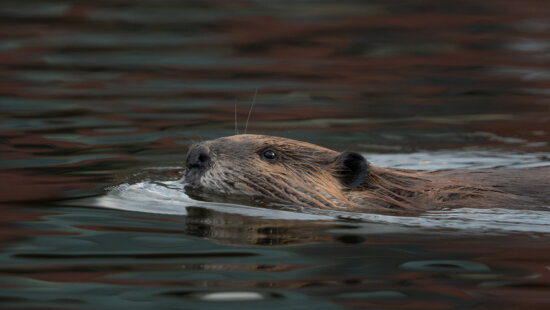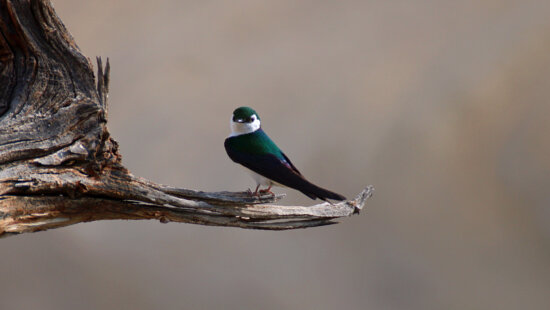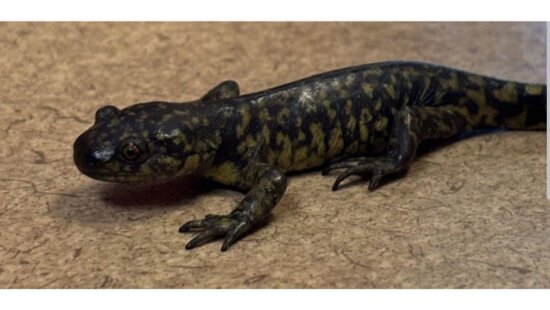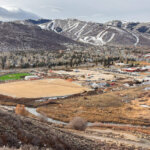Environment
Wild Wasatch: Native plants that sustain birds through Utah winters
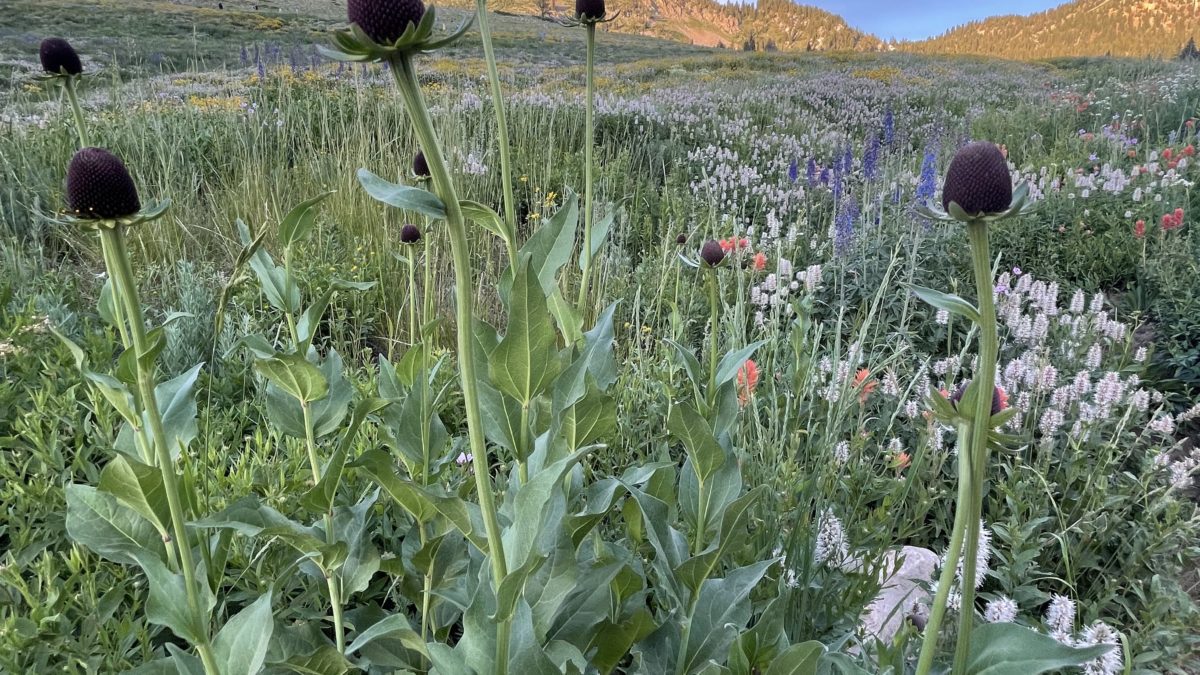
Photo: Ashley Brown
PARK CITY, Utah — As the Wasatch slides into fall, gardeners often reach for pruners, clearing stalks and seed heads before the snow. However, for the birds preparing to migrate and those that stay with us through winter, this tidy-up can mean the difference between abundance and scarcity.
Coneflowers, black-eyed Susans, sunflowers, goldenrod, and asters all provide seed heads that sustain chickadees, finches, and sparrows during lean months. Ornamental grasses and native shrubs shelter and feed, too. What looks spent to us is a winter pantry for wildlife.
Native plants play a crucial role. As Wild About Utah explains, native plants “provide the best habitat for wildlife” because they’ve evolved alongside the birds, insects, and soil of a particular place. This mutual relationship means that sunflowers draw finches, sparrows, and chickadees to their seeds, while wild plum offers fruit for songbirds and insects for woodpeckers. Milkweed, too, supports hummingbirds and Monarch butterflies.
For birds in the Wasatch, timing is everything. Plants that bear fruit in late summer and fall provide the energy birds need to migrate, or to endure the long, cold season here in Summit County. Urbanization, habitat loss, and climate shifts already strain these patterns. Cutting down seed heads in October only adds another challenge.
The good news: we can help. Leaving coneflowers, sunflowers, asters, and grasses standing through winter is a small act with a significant impact. Planting natives—arrowleaf balsamroot, serviceberry, chokecherry, rabbitbrush—adds food and shelter. And because these species are adapted to Utah’s soils and weather, they require less water, fewer fertilizers, and no pesticides.
As Wild About Utah put it: “When we are hungry, we head for the kitchen. When birds are hungry, they head for plants.” This fall, maybe the best gardening we can do is to put the clippers away.

















